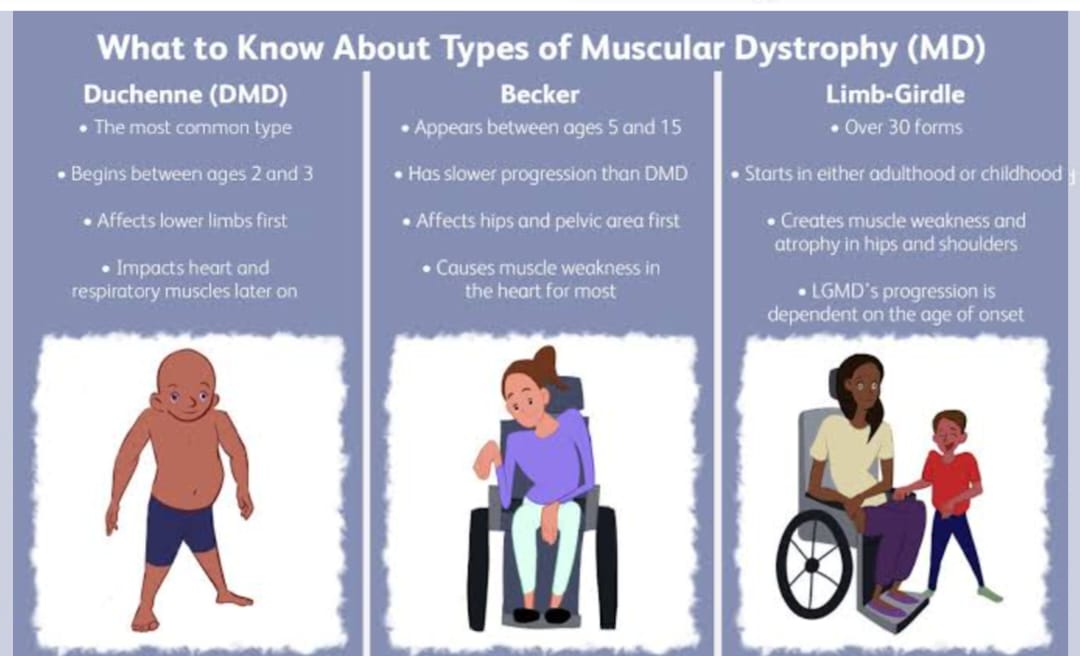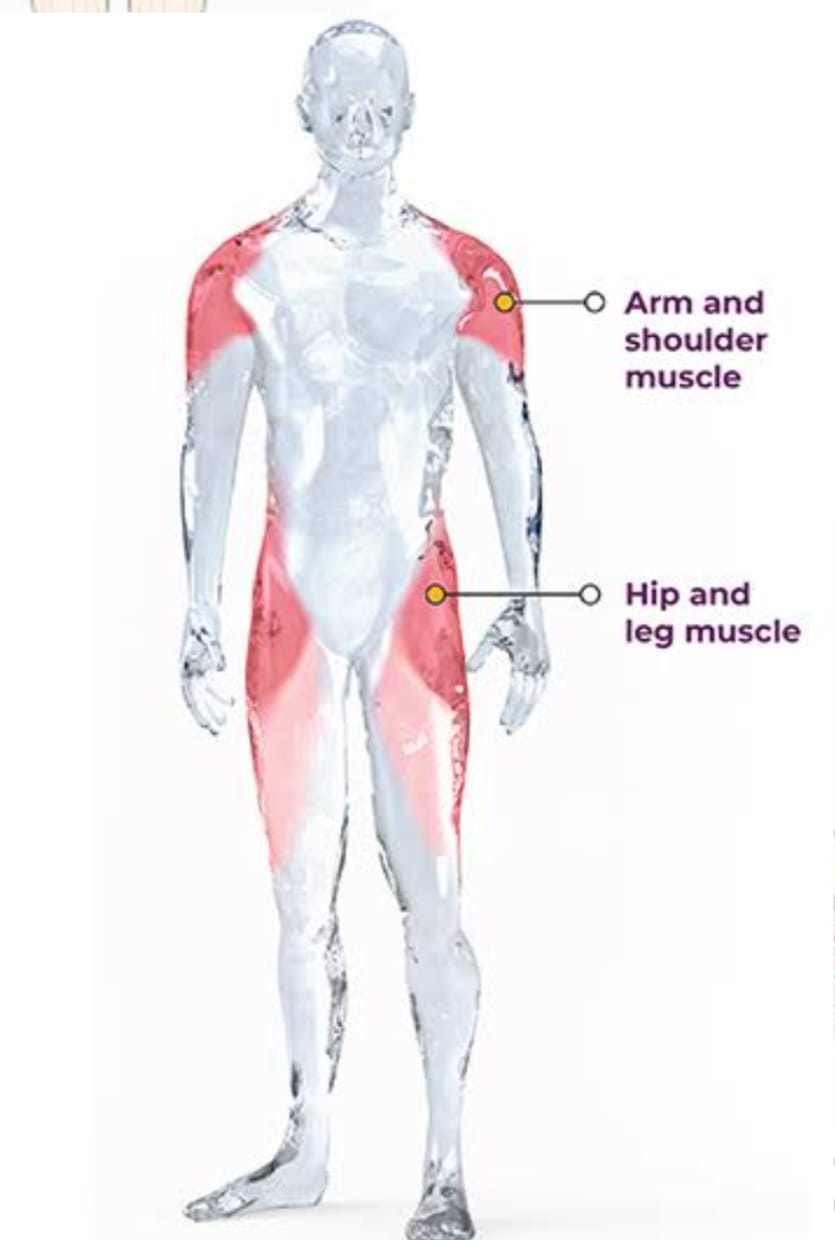Limb girdle muscular dystrophy LGMD
Limb-girdle muscular dystrophy "LGMD" or Erb`s muscular dystrophy is an autosomal class of muscular dystrophy. Limb-girdle muscular dystrophy encompasses a large number of rare disorders.
Symptoms:-
The term "limb-girdle" is used to describe these disorders because the muscles most severely affected are generally those of the hips and shoulders -- the limb girdle muscles. Common symptoms of limb-girdle muscular dystrophy are muscle weakness, myoglobinuria, pain, myotonia, cardiomyopathy, elevated blood CK, and rippling muscles.
The muscle weakness is generally symmetric, proximal, and slowly progressive.
In most cases, pain is not present with LGMD, and mental function is not affected.
LGMD can begin in childhood, adolescence, young adulthood or even later. The age of onset is usually between 10 and 30. Both genders are affected equally.
When limb-girdle muscular dystrophy begins in childhood the progression appears to be faster and the disease more disabling. When the disorder begins in adolescence or adulthood the disease is generally not as severe and progresses more slowly. There is no sensory neuropathy or autonomic or visceral dysfunction at presentation. The specific dermatomes affected can be demonstrated clinically, and although lower limb deep tendon reflexes and plantar reflex are lost, abdominal reflexes are preserved Types of limb-girdle muscular dystrophies The "LGMD1" family is autosomal dominant, and the "LGMD2" family is autosomal recessive.
Prognosis:-
The distal muscles are affected late in LGMD, if at all. Over time (usually many years), the person with LGMD loses muscle bulk and strength. Eventually, s/he may need a power wheelchair or scooter, especially for long distances. While LGMD isn`t a fatal disease, it may eventually weaken the heart and lungs muscles, leading to illness or death due to secondary disorders.
Genetics:-
LGMD is typically an inherited disorder, though it may be inherited as a dominant, recessive or X-linked genetic defect.
Treatment:-
There is no known cure for LGMD, although homoeopathic medicine is showing promising vectors that may replace damaged muscle tissue. Treatment is generally aimed at controlling the onset of symptoms to maximize the quality of life, prevent further deterioration leading to gradual improvement in health status of patients.
One can notice symptomatic improvement within 3-4 months of treatment. Duration of treatment varies with the severity of disease. We have over 6000 patients of all types of muscular dystrophy from all over the world. we have documented up to 80% improvement in our patients.



